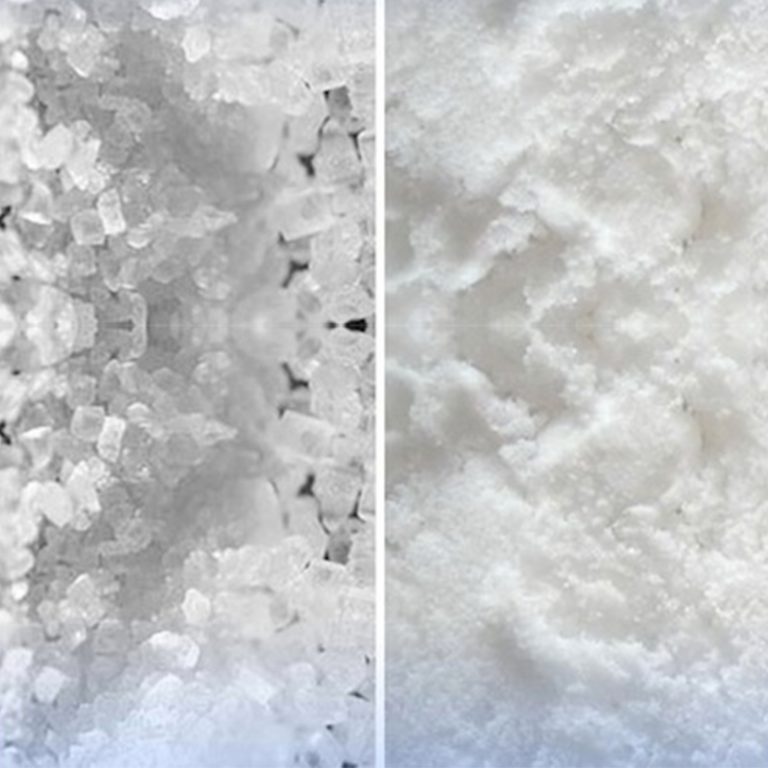Taking Probiotics – A Friendship Worth Cultivating or a Waste of Money?
Probiotics have been around since the 1950’s and they have become increasingly popular due to the widespread prescription of antibiotics, which are known to play havoc with gut flora. There is a wide choice of probiotic drinks containing a limited supply of ‘friendly’ bacteria or of capsules boasting possibly sixteen different strains of good bacteria with thirty billion of these in one capsule, so it is no surprise that people are confused about what really works. Let’s put things into perspective.
A healthy human bowel alone has been estimated to contain something in the order of 100 trillion micro-organisms weighing up to 2kg, and the number of different species is believed to be as high as 500. The great majority of these need to be ‘good’ bacteria, as these have the function of keeping pathogens in check. They also aid digestion and absorption of nutrients and contribute greatly to our immune function. However, these bacteria are not all the same. Some survive very acid conditions while others do not, and their tolerance of different temperatures varies greatly, as does their sensitivity to oxygen and their dependence on certain types of nutrient, and their aversion to others.
For a probiotic supplement to have any effect it needs to survive passage through the stomach acid and small intestine to reach the large intestine – and this is dependent on the strain of bacteria taken and the food intake of the person (which affects stomach pH). It is then assumed that the concentrations reaching the large intestine are sufficient to cause the desired benefits (such as inhibit the binding and growth of bad bacteria, producing cytokines to enhance immune function) by adhering to the cells lining the GI tract, and that the gut environment itself will allow survival of the bacteria once they finally get there.
For all of these reasons, there has been a recent shift in thinking amongst many therapists, particularly nutritionists, towards effective ways of feeding and encouraging the proliferation of the existing population of “good” bacteria.
Ayurveda has never set out to deliver new supplies of friendly bacteria to an ailing system. It prefers to look at the presenting symptoms that indicate the body’s inner imbalances, from which a suitable regime can be devised. Certain foods help specific problems. For example, diarrhoea can be helped by the alkalising properties of yogurt and the binding ability of bananas. Constipation is relieved by the use of fermented foods and spices. In the more extreme case of IBS, there is an indication that the gut wall has become damaged, in which case Ayurvedic medicines are used to help regenerate the gut lining. When there is anaemia there is a deficiency of iron, calcium, and other minerals which are needed to repair the tract. In all cases careful attention to individual diet is central to recovery.
Although some probiotics can have immune-modulating effects for acute problems, from the Ayurvedic perspective, approaching the problem holistically from the inside – through a suitable diet and supportive herbs and spices, and reducing stress through Yoga practices, will provide a far better long-term approach to optimum digestive health, by stimulating the body to flourish its own natural probiotic bacteria.

*Discover holistic healing with a complimentary phone or video consultation from our expert Ayurvedic practitioner. Start your path to better health today!*























